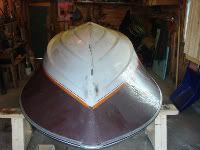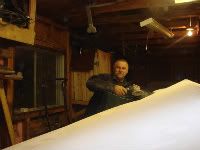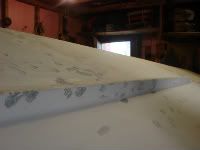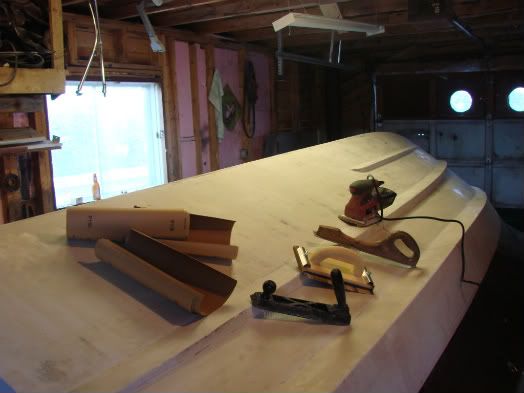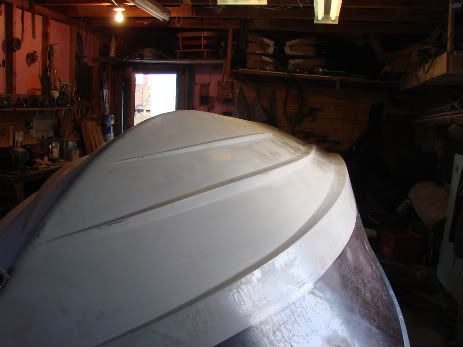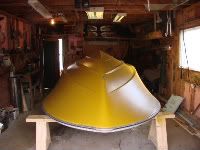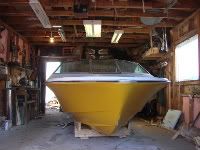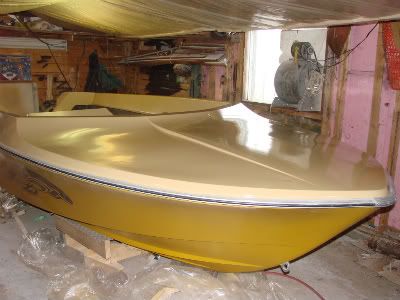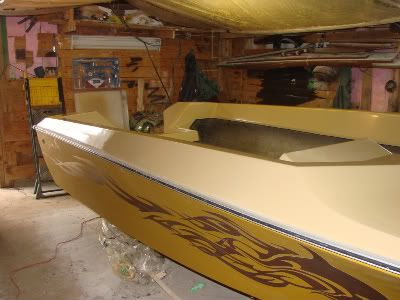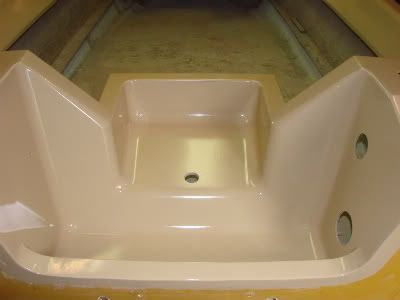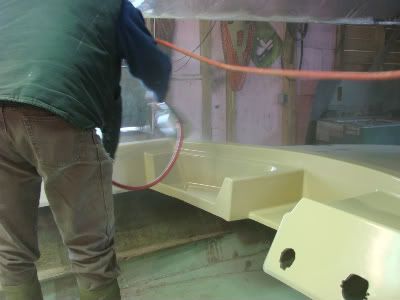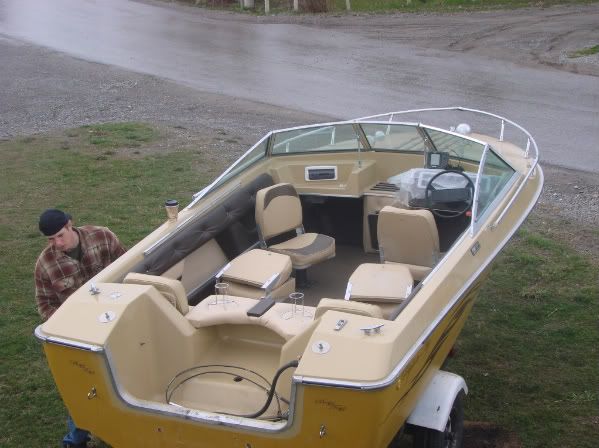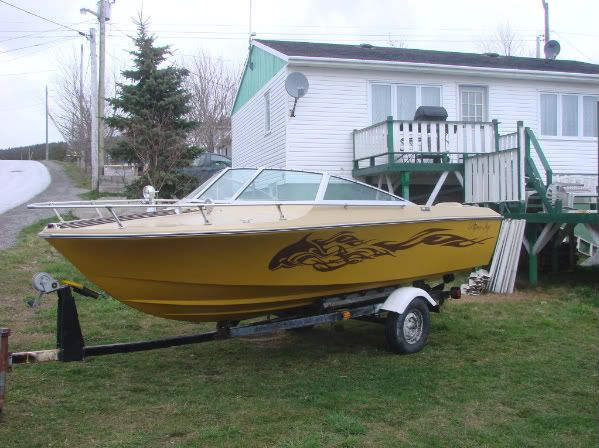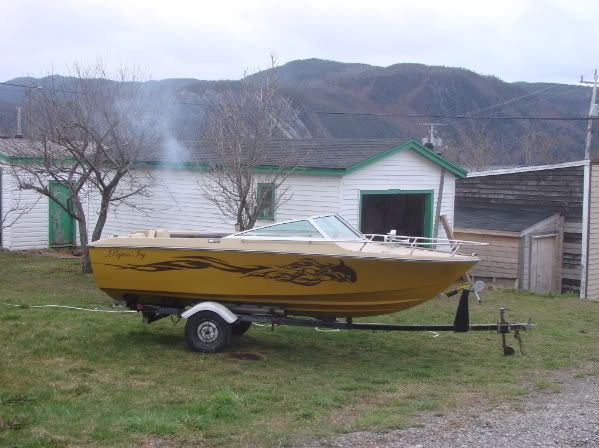I have undertaken a Restoration project. Below is a series of Pic that i had taken throughout the process.
Crestliner Cursader

Interior and all looks well
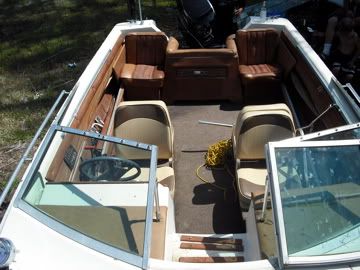
But nothing is has it looks

The restoration begins. The floor was a complete removal and replace. Experience has shown me that if wood is soft in one spot it is generally on the verge of total breakdown, So replace all the wood.
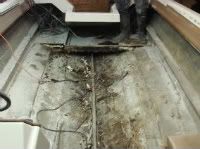
Here I have removed all the wood (stringer) and have replaced it with White Spruce(cut it myself). Two layers of Glass well be added to the stringers, for structural strenght.
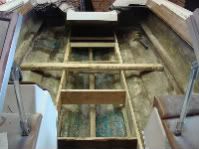
With the Stringers glassed in and hull will begin to take on some stability, My next step was to replace the foam, which is what gives the Crestliner it real stability. This step is very very inportant to the hull integrity. Foam has to packed tight, A spray in foam would be best. This opinion is not open for me so I had to improvise. I packed with SM insulation Sheets and left 1/2 inch clearence between the foan and the plywood bottom. I then cut out holes(cookies) and sprayed MonoFoam in the 1/2 space left between the Foam and deck/Floor. The expansion of the monofoam have the neccessary pressure for hull strenght.
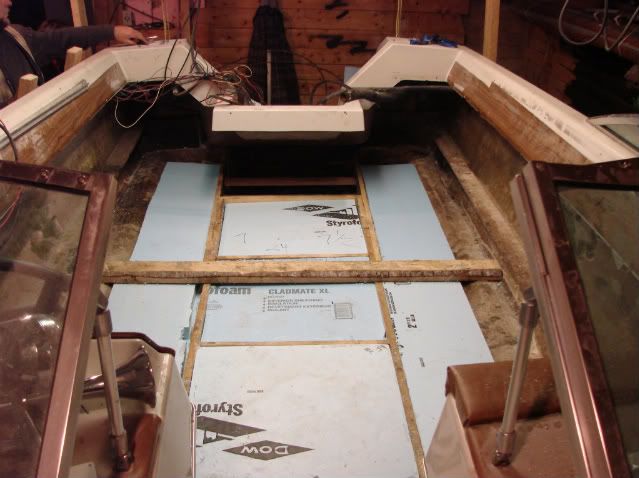
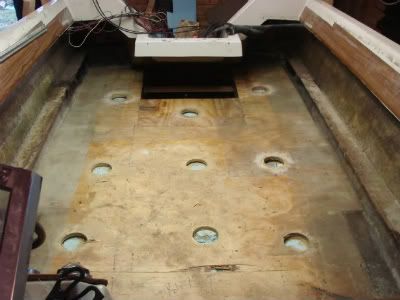
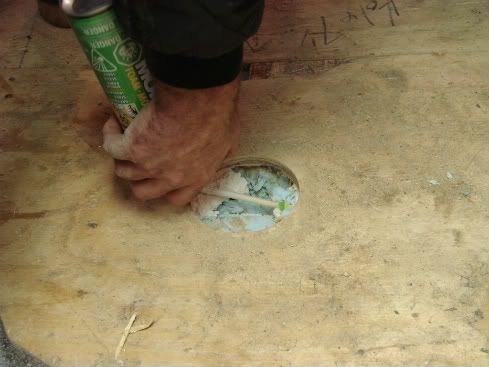
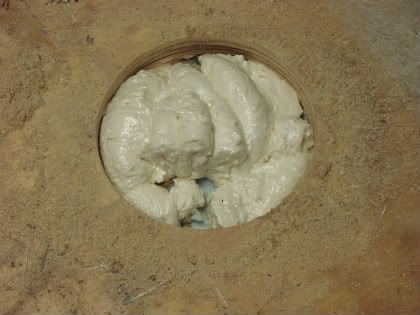
Replaced Cookies and Glassed
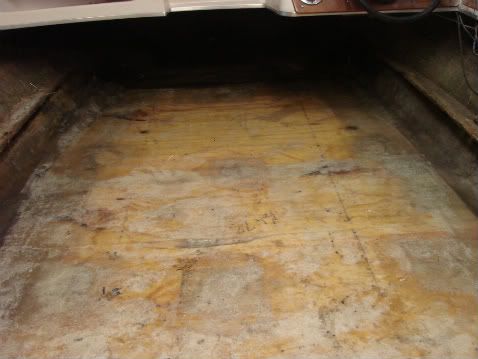
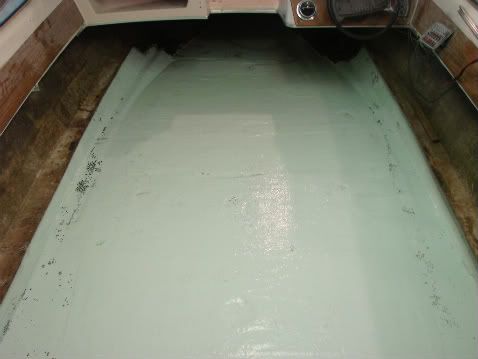
Crestliner Cursader

Interior and all looks well

But nothing is has it looks

The restoration begins. The floor was a complete removal and replace. Experience has shown me that if wood is soft in one spot it is generally on the verge of total breakdown, So replace all the wood.

Here I have removed all the wood (stringer) and have replaced it with White Spruce(cut it myself). Two layers of Glass well be added to the stringers, for structural strenght.

With the Stringers glassed in and hull will begin to take on some stability, My next step was to replace the foam, which is what gives the Crestliner it real stability. This step is very very inportant to the hull integrity. Foam has to packed tight, A spray in foam would be best. This opinion is not open for me so I had to improvise. I packed with SM insulation Sheets and left 1/2 inch clearence between the foan and the plywood bottom. I then cut out holes(cookies) and sprayed MonoFoam in the 1/2 space left between the Foam and deck/Floor. The expansion of the monofoam have the neccessary pressure for hull strenght.




Replaced Cookies and Glassed



